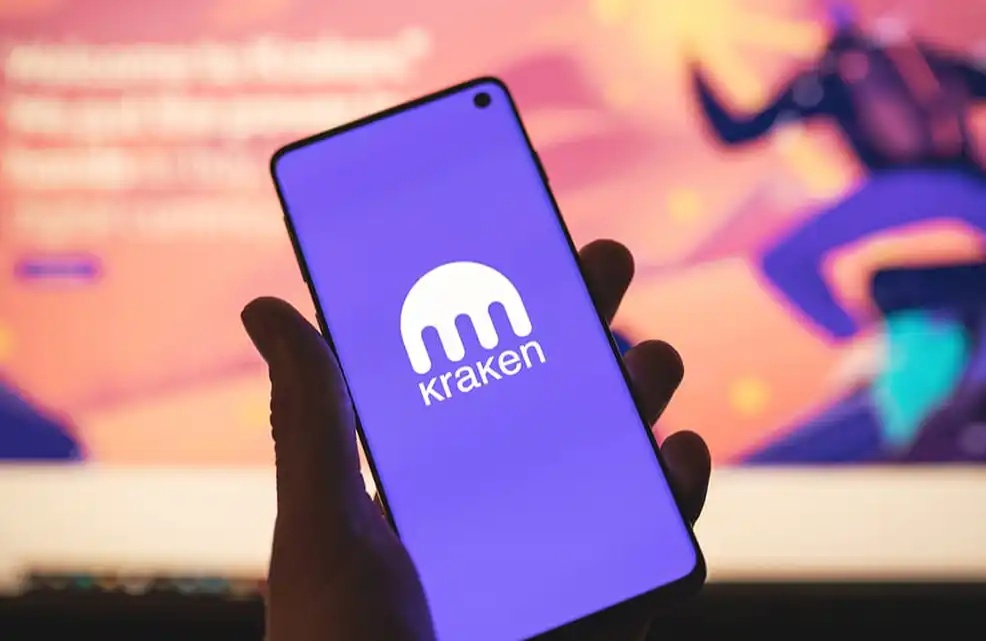Linea Airdrop Approaching: Is this the time when L2 starts giving back to L1?
Original Title: "Linea Airdrop Countdown: When L2 Begins Nourishing L1"
Original Author: KarenZ, Foresight News
With Ethereum's strong rally, users' expectations for the Linea airdrop have also heated up.
As a zkEVM Rollup incubated by Consensys, Linea released a "Linea is Ethereum" manifesto before its TGE and revealed tokenomics and several key Ethereum-first decisions. This is not just a simple warm-up but a paradigm shift on how L2 can nourish L1.
Linea explicitly stated that every decision in its architecture, including the Gas mechanism, tokenomics, and governance, is aimed at bringing value back to the Ethereum mainnet.
Linea is attempting to prove that L2 can not only scale Ethereum but should also be a catalyst for its value growth.
Ethereum First
1. On the Linea network, ETH is used as the exclusive Gas payment method.
2. ETH Deflationary Mechanism and LINEA Value Capture
20% of the net transaction revenue gas fee (paid in ETH, net of L1 cost) will be burned, and the remaining 80% will be used to burn LINEA tokens, with both deflation curves in effect simultaneously. This design establishes a direct economic link between network usage and the accumulation of value in both ETH and LINEA, making ETH in Linea's network design not just a Gas fee but also a core asset that can generate income and has deflationary properties. Through the burning of LINEA tokens, LINEA's deflationary characteristics are further strengthened.
3. ETH Native Staking - Capital Efficiency Enhancement
ETH bridged to Linea will automatically stake, generating staking rewards and distributed to LP, thus powering Linea's DeFi ecosystem. Linea LPs will accumulate native rewards on top of DeFi activity returns.
LINEA Token Utility and Economics
Linea Token Utility
· LINEA is not a Gas token.
· LINEA currently does not possess on-chain governance, and the protocol operates without the need for a DAO. Linea states that this governance structure avoids the pitfalls of token-based voting while still providing a trusted mode of ecosystem oversight.
· 80% of the net ETH revenue on the Linea network (defined as L2 fees after Layer 1 costs) is used to purchase and burn LINEA.
· LINEA is used to fund builders, users, liquidity providers, and Ethereum public goods.
Tokenomics: 85% Allocated to the Ecosystem
The total supply of Linea tokens is 72,009,990,000, equivalent to 1000 times the initial ETH circulation.
85% of the LINEA token supply is allocated to the ecosystem, with 10% allocated to early users (9%) and contributors (1%); 75% through the Ethereum Ecosystem Fund (managed by the Linea Consortium) dedicated to ecosystem development, public goods funding, and Ethereum research and development. The remaining 15% is held by Consensys with a full lockup period of 5 years, during which these tokens can be deployed within the ecosystem, for example, as liquidity or staking capital. LINEA tokens have not been allocated or sold to any employees or investors.

Regarding the 9% allocated to early users, it will be airdropped at TGE and fully unlocked, a snapshot has already been taken, and witch filtering has been performed. Airdrop eligibility is assessed based on a series of activity-based metrics, including LXP and on-chain indicators designed to recognize genuine usage and meaningful ecosystem participation.
At TGE, approximately 22% of the token supply (158 billion LINEA) will be circulating, including allocations for early contributors, ecosystem activation initiatives, and liquidity provision. All other categories of tokens will remain locked or unlock gradually.
Establishing Linea Consortium: Entrusting the Ecosystem Fund to Ethereum Experts
The Linea Consortium is a committee composed of multiple Ethereum-native organizations, with initial members including Consensys, Eigen Labs, ENS, Status, and Sharplink Gaming, responsible for managing the majority of the LINEA token allocation. It is expected that more members will join the Linea Consortium in the future. Ethereum's builders and community will receive direct support to create public goods, build transformative applications, conduct research, and fundamentally strengthen the protocol stack.
The Ecosystem Fund will be established in a U.S.-based non-stock entity that will seek nonprofit status.
Part of the Ecosystem Fund will be specifically allocated to activate the ecosystem in the near term, including support for liquidity provision, exchange readiness, strategic partnerships, future airdrops, and early builder participation. The majority of the remaining funds will be used to support the long-term development of the Ethereum ecosystem and public goods. The funds will be distributed over a 10-year period according to a decaying release schedule. The initial releases will increase to drive adoption, while later releases will decrease to maintain sustainability.
Approximately 25% of the fund is expected to be used to support the ecosystem's launch in the first 12-18 months, with the remaining 50% of the fund gradually released over 10 years. These funds will be used to finance protocol development, shared infrastructure, open-source tools, and strategic partnerships with developers aligned with the goals.
Why is Linea's initiative to push value back to L1 significant?
In the past, L2 has often been criticized for "siphoning" value from L1. Now, Linea has reversed this situation using a dual-deflation engine, a native staking bridge, and an economic model:
· ETH is no longer just Gas but a direct beneficiary of L2 network revenue;
· In Linea, ETH has become a core asset capable of generating income, with its deflationary properties strengthened. Liquidity remains on L2, yet value is continuously pumped back to L1 through burning and staking;
· The community fund feeds back into public goods, aligning long-term development with short-term incentives.
Linea's ETH burning and automatic staking mechanism directly enhance ETH's deflationary nature and productivity, preventing Layer2 from becoming a "parasite" on Ethereum's value and instead becoming a positive loop of its economic model.
Additionally, an 85% token allocation to the community and ecosystem, far exceeding the incentive ratio of most L2 projects, reflects a commitment to decentralized governance and long-term development.
While other L2 solutions are still competing on TPS, Linea has brought the battlefield back to ETH itself. For users awaiting airdrops, this is not only a potential wealth effect but also a vote for "Ethereum orthodoxy."
Linea's uniqueness lies in the fact that it is not just a technical scaling solution but also an attempt to feed the success of Layer2 back into Ethereum itself through economic design. In a time when L2 competition is becoming increasingly homogenized, this "Ethereum-first" value proposition may become a key differentiator.
More importantly, the initial members of the Linea Consortium include not only Consensys, Ethereum Name Service (ENS), and the pioneer of the staking track EigenLayer, but also Ethereum treasury company Sharplink Gaming (currently holding 438,200 ETH), wallet and messaging and L2 infrastructure Status (currently holding 18,100 ETH).
This also makes community users more certain that Sharplink Gaming and an increasing number of Ethereum treasury companies' ETH liquidity will flow into Linea, with the community speculating that most of the liquidity may flow into Etherex.
Furthermore, with the resources and reputation of Consensys, Linea could become a bridge between traditional finance and the Ethereum DeFi ecosystem, accelerating mass adoption. Consensys' background (MetaMask monthly active users exceed 100 million, Infura serves multiple banks) also gives Linea a unique advantage. Linea stated that it has gained the trust of global financial platforms including Mastercard, Visa, JPMorgan Chase, and several sovereign banks, and seamlessly integrated with top DeFi protocols, custodians, and tokenization platforms.
According to DefiLlama data, as of now, Linea's cross-chain TVL is around $500 million, and the DeFi TVL in the ecosystem is around $160 million. The TVL scale is far from reaching the mature L2 level, with a significant gap from mass adoption.
The success or failure of this experiment will redefine the market's perception of the value of L2—it should not merely be a channel for transaction execution, but rather an value-added layer of the Ethereum economic system; that is, it proves that L2 can be an amplifier of Ethereum's value, not a diverter. If successful, this model may become the standard for future L2, driving long-term prosperity in the Ethereum ecosystem.
Welcome to join the official BlockBeats community:
Telegram Subscription Group: https://t.me/theblockbeats
Telegram Discussion Group: https://t.me/BlockBeats_App
Official Twitter Account: https://twitter.com/BlockBeatsAsia
 Forum
Forum OPRR
OPRR Finance
Finance
 Specials
Specials
 On-chain Eco
On-chain Eco
 Entry
Entry
 Podcasts
Podcasts
 Activities
Activities









